The Mae-Shi
Donaukanal, 2008
It took Jon Gray – like every member of The Mae-Shi singing and playing various instruments – quite a lot of effort to climb into the empty container that they had chosen for their performance, just to realise that there was an open door making the access far more easy for his three band mates. Still, Jon didn’t waste too much energy on sporty exercises as the stomping and frenetic rendition of “Nickel Arcade” shows. The Los Angeles based Mae-Shi were founded in 2002 and are since then – despite or because of an often changing line-up – continuously spreading their experimental and somewhat crazy approach to Rock’n’Roll music, consisting of strange electronics as well as beautiful vocal harmonies, lunatic live performances and the use of rare instruments such as the omnichord. Calling themselves a “surrogate family for our culturaly extended childhood”, the band always manages to get the fun and freakiness across to their audience. Even after their street performance of “Run To Your Grave” they further entertained watching passers-by when they started to play cover versions, only to burst out laughing a few seconds later.
- Photography
- Simon Brugner
- Artist
- The Mae-Shi
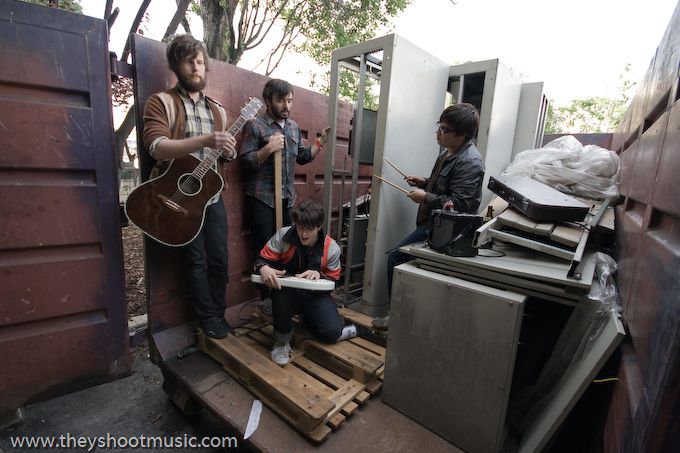
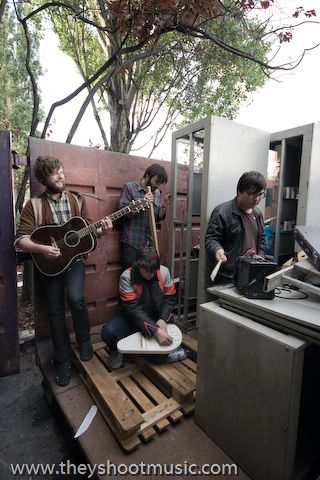
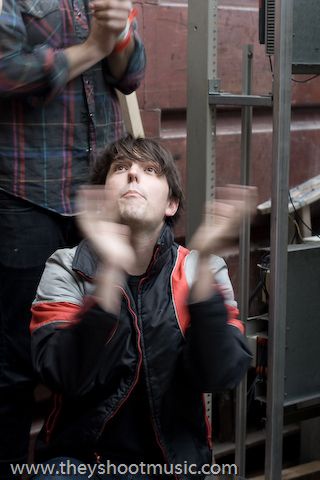
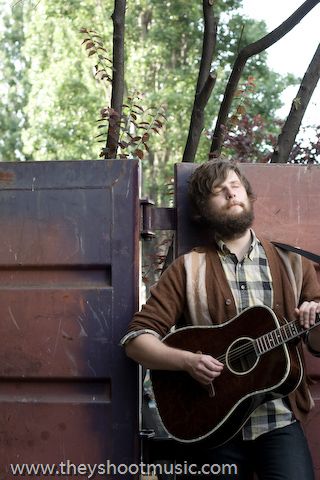

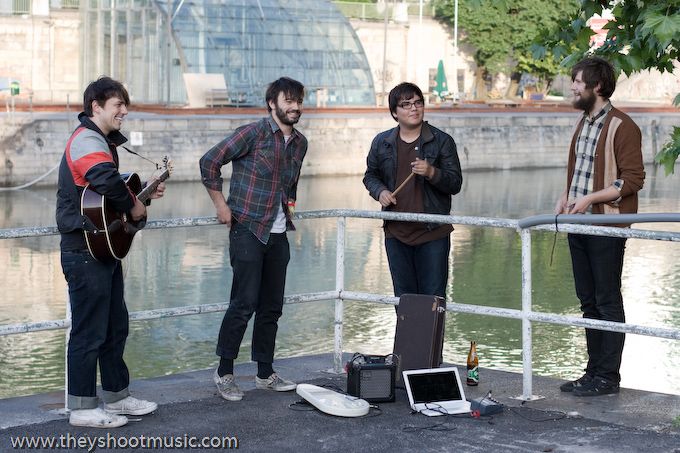
Donaukanal
Donaukanal is the southern side arm of the river Danube in Vienna. Although the 17 kilometres long canal is quite narrow it is far more connected to the city than the actual Danube, passing the Inner City including all the nightlife hotspots around Schwedenplatz as well as the popular recreation area Prater. The vicinity to the city center may as well be the reason that the canal is particularly appealing to joggers, bikers and walkers. In the past two decades local politicians often discussed chances to integrate the Donaukanal even more in the city’s life by supporting the spread of clubs and bars like the old-established Flex or the newly created Badeschiff and making it a reasonable choice to spend your night out enjoying yourself on the concrete banks of the canal. What is now the canal was the main river until medieval times. Repeated floods frequently relocated the riverbed north- or southwards and – together with extensive river training measures – changed the hierarchy. Since around 1700 the side arm is known as Donaukanal.